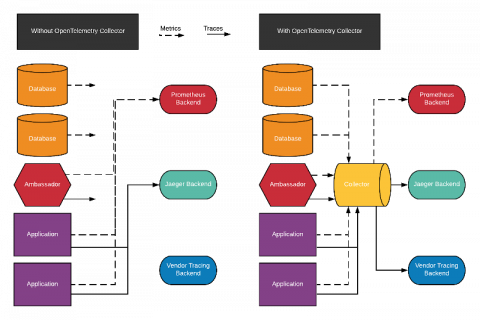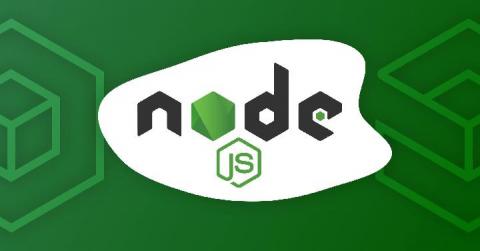Is your ITSM platform scaling with your operations? This Case Study will help you find the answer.
The client in consideration is one of the largest engineering, procurement, and construction (EPC) companies in India. With projects covering over 14 states in the country, its portfolio of services and offerings is widely diversified. It primarily engages in three forms of businesses – civil construction, road & highway development, and manufacturing.










